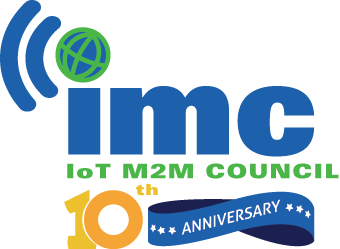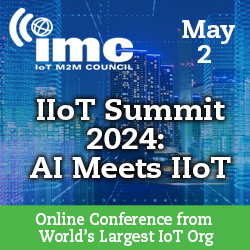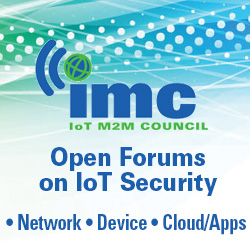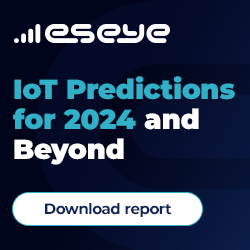Siemens keeps lights on in Rome
- February 12, 2024
- Steve Rogerson

Siemens and Italian distribution systems operator (DSO) Areti are working together on the RomeFlex project, which will test the ability to manage congestion and voltage volatility across the stressed power grids of Italy’s capital city.
Leveraging Siemens’ digital expertise and software, Areti is managing difficulties related to climate change and the electrification of everything, which are heavily impacting power grids in Italy and all around the world, more effectively.
As an enabler of the energy transition in Italy, Areti designed a local flexibility market architecture that will be boosted by Siemens energy domain know-how and dedicated technology.
In the next ten years, it is estimated that the peak electricity demand on the Roman DSO power grid will increase from 2200 to 3300MW. To manage this growth in energy demand and prevent the grid from criticalities such as blackouts or voltage violations, Areti is going to increase its grid capacity at a fast pace, accelerating its digital transformation to shape the next level of grid management.
“With our RomeFlex project, we’re proudly driving innovation in Italy and Europe, using flexibility in order to make the grid smarter, more resilient and future proof,” said Ercole De Luca, head of innovation at Areti (www.areti.it). “This means exploiting software to forecast congestion and grid issues in time to run sustainable and cost-effective actions, enabling us to keep the grid stable and reactive for all the Roman citizens. Collaboration with Siemens is critical to make this local flexibility project successful, in order to create a blueprint not only for Italy but also in the rest of Europe.”
Alessandro Masi, head of Siemens grid software in Italy, added: “With RomeFlex, Areti is confirming its pioneering spirit. Since the EU Platone project, we have been jointly developing new technologies and grid software combining IT and OT. It will propel Areti towards next level grid management, based on a digital twin, that enables power utilities to successfully deal with growing complexity and increase the much-needed grid capacity, accelerating the path to net zero.”
Siemens (www.siemens.com) enables grid operators to accelerate and secure the energy transition in a sustainable and profitable way. Its energy software is part of the firm’s Xcelerator (xcelerator.siemens.com) portfolio, and is interoperable, open, flexible and available as a service. It provides high cyber-security standards, helping power utilities accelerate their digital transformation.
Approved by the Italian authority Arera in 2023, RomeFlex (Reshaping Operational MEthods to run grid FLEXibility) is a project that makes real a new and inclusive local flexibility market accessible by all stakeholders connected to the Roman DSO MV and LV power grids.
Thanks to its open and modular architecture, the RomeFlex (www.areti.it/conoscere-areti/innovazione/progetto-romeflex) project is scalable and replicable by all the DSOs active in Italy. All the stakeholders involved can participate with their generation and consumption assets to the new local flexibility market by modulating their loads on MV and LV grids managed by the DSO.
Completed in August 2023, Platone – PLATform for Operation of distribution NEtworks – was a four-year Horizon 2020 funded European project. Platone (platone-h2020.eu) aimed at defining approaches to increase the observability of renewable energy resources and of less predictable loads while exploiting their flexibility. A consortium of 12 partners from Belgium, Germany, Greece and Italy developed management platforms to unlock grid flexibility and realise an open and non-discriminatory market, linking users, aggregators and operators.





